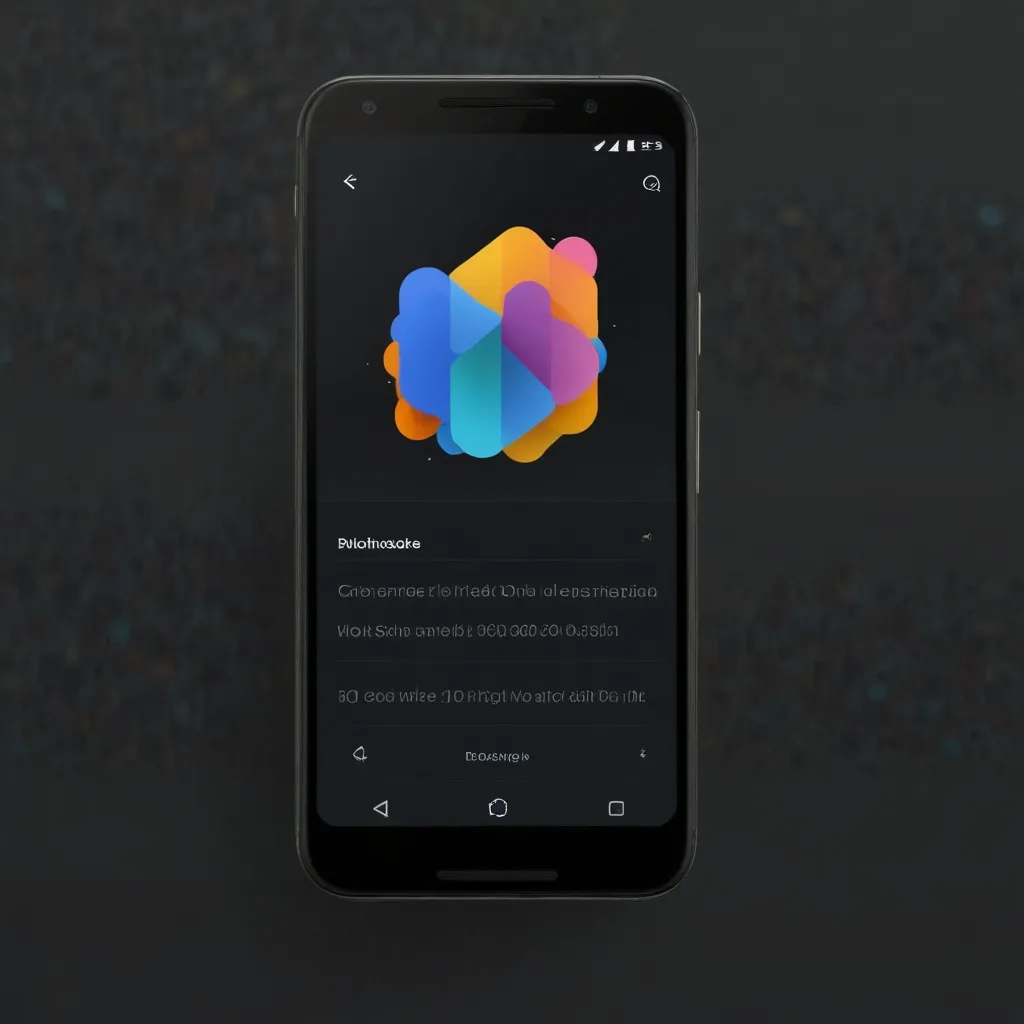Meteor is this all-in-one JavaScript platform that’s pretty much a godsend for anyone diving into web and mobile app development. Think of it as that magical toolkit in your garage that has every tool you need and more, just in JavaScript. It doesn’t matter if you’re tweaking the server-side, crafting some killer client-side functionalities, or adding a bit of flair to your mobile app – Meteor’s got you covered.
Why is this cool? Well, you’re not juggling multiple languages and trying to make them all play nice. It’s a one-language-to-rule-them-all scenario here. This not only chops down on the learning curve but also keeps your codebase neat and manageable. So, let’s dive into the Meteor universe and see what makes it tick!
First off, let’s talk brass tacks: the key features. You know how most web frameworks send over a whole bunch of HTML to your browser? Meteor flips the script by sending just the data and letting the client do the heavy lifting. This means less data flying around the network and zippier performance – perfect for those real-time apps where stuff changes on the fly.
Everything in Meteor is reactive. Imagine if your favorite social media feed updated itself right away whenever new content was posted without you refreshing the page. That’s the Meteor magic. Whatever’s going on behind the scenes, it smoothly updates on your screen without you lifting a finger. Full-stack reactivity is the term, but let’s just call it seamless awesomeness.
But the cherry on top? Deployment is a breeze. Meteor comes with built-in tools to make pushing your app live as smooth as butter. Whether it’s deploying on Galaxy – Meteor’s own hosting playground – or any other environment, it minimizes the usual headache of setting up and managing servers.
And developers don’t have to fret about user accounts and security. It’s all built-in and ready to roll. Yes, Meteor includes robust support for managing user data and authentication, which makes life a lot easier when you’re developing applications that need tight security.
A thriving community isn’t just a social thing; it’s a lifeline. Meteor has a stunning collection of community packages available through Atmosphere, its package repository. Need a scheduler? Payment gateway? There’s a good chance someone’s already done the heavy lifting for you.
Now, if you’re itching to get started, installing Meteor is straightforward. Windows users get to take the Chocolatey route – a simple choco install meteor command, and you’re set. On macOS/Linux, it’s just a quick curl command to get things rolling.
Imagine you’re building a simple real-time web app, like a book catalog where users can log in and manage their book lists. You’d start by creating a new project with a meteor create bookcatalog command. Then you cd into that project and start the server with meteor. Easy peasy.
For user accounts, Meteor’s accounts-ui and accounts-password packages do the trick. Adding these is as simple as running meteor add accounts-ui and meteor add accounts-password. Collections in Meteor are where data lives. For your book catalog, you’d define a collection for books, slap that into your main.js file, and you’re halfway there.
Blaze, Meteor’s templating engine, lets you craft a slick UI. You might throw together some HTML to list the books and a form to add new ones. Finally, you’d add some JavaScript to handle form submissions and update the collection. Whenever a user adds a new book, it pops up in the UI for everyone to see right away, thanks to Meteor’s real-time magic.
Where Meteor really shines is in rapid prototyping. When deadlines are breathing down your neck, and you need to test and implement ideas quickly, Meteor’s simplicity and comprehensive features are a godsend. It’s also perfect for crafting any app where real-time updates are crucial – think chat apps, live dashboards, and collaborative platforms.
Learning Meteor is like a breeze in spring – refreshing and easy. It’s designed for simplicity, making it approachable even for those new to the full-stack game. With everything under the JavaScript umbrella, switching between client and server feels fluid and intuitive.
Yet, Meteor isn’t without its quirks. Even though it’s been around since 2011, it’s still finding its feet compared to some veteran platforms. Some functionalities might be a bit green, and you might hit the occasional bump with community packages. Scaling can be a bit gnarly too. While Meteor can handle a fair amount of traffic, it might sweat a bit if you’re aiming for Facebook or Twitter levels of user numbers.
In essence, Meteor is a fantastic tool for building modern, interactive apps with ease. Its unified language approach, real-time updates, and seamless deployment make it a darling among many developers. It’s got its share of limitations, sure, but for most applications – especially those needing rapid prototyping and real-time capabilities – it’s more than up to the task. And with a growing community and a vast array of packages, Meteor is definitely carving a niche for itself in the web and mobile app development world.






